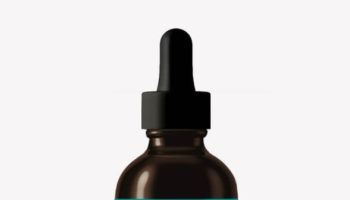In recent years, significant strides have been made in the field of wound healing devices, revolutionizing the way we approach the recovery process. Traditional wound care methods often took time and patience, but with the advent of innovative technologies, faster healing, and improved outcomes have become a reality. In this article, we will explore the remarkable advancements in wound healing devices and how they are harnessing cutting-edge technologies to expedite the recovery process.
Harnessing Innovative Technologies for Faster Recovery
Wound healing devices have witnessed a remarkable transformation, thanks to the integration of innovative technologies. These advancements have enabled healthcare professionals to provide more efficient and targeted treatment options, enhancing the healing process for patients. Let’s delve into some of the most promising technologies driving this revolution:
1. Negative Pressure Wound Therapy (NPWT)
Negative Pressure Wound Therapy has emerged as a game-changer in wound care. This technology involves the application of controlled suction to the wound area, creating a negative pressure environment. By removing excess fluid and promoting blood circulation, NPWT accelerates wound healing and reduces the risk of infection. It is particularly effective for complex wounds, such as diabetic foot ulcers and pressure sores.
2. Bioactive Dressings and Skin Substitutes
Bioactive dressings and skin substitutes have opened up new avenues for wound care. These innovative products are designed to mimic the natural healing process, promoting cellular regeneration and tissue growth. By creating an optimal environment for wound healing, bioactive dressings and skin substitutes improve both the speed and quality of recovery. They are particularly beneficial for chronic wounds, burns, and surgical incisions.
3. Smart Bandages and Wearable Sensors
The integration of smart technology into wound care has paved the way for remarkable advancements. Smart bandages equipped with sensors can monitor vital parameters, such as temperature, moisture, and pH levels, in real-time. These data provide valuable insights into the healing progress, enabling healthcare professionals to make informed decisions and intervene promptly if necessary. Additionally, wearable sensors can alert patients and caregivers about potential complications, ensuring timely medical attention.
Conclusion:
Advancements in wound healing devices have ushered in a new era of faster recovery and improved patient outcomes. By harnessing innovative technologies like Negative Pressure Wound Therapy, bioactive dressings and skin substitutes, and smart bandages with wearable sensors, healthcare professionals can provide targeted and efficient treatment options. These advancements not only expedite the healing process but also reduce the risk of complications, such as infections and scarring. As we continue to explore the frontiers of medical technology, the future of wound healing devices looks promising, holding the potential to transform the lives of millions worldwide.





